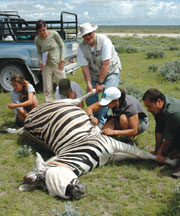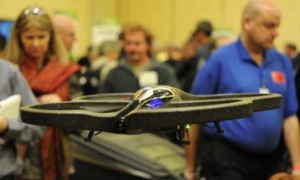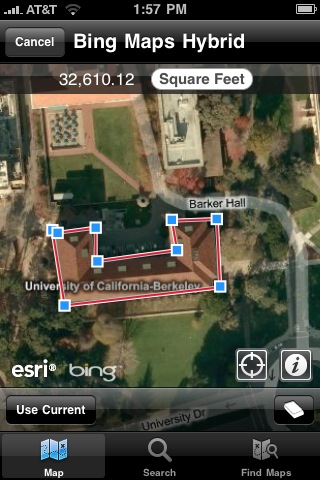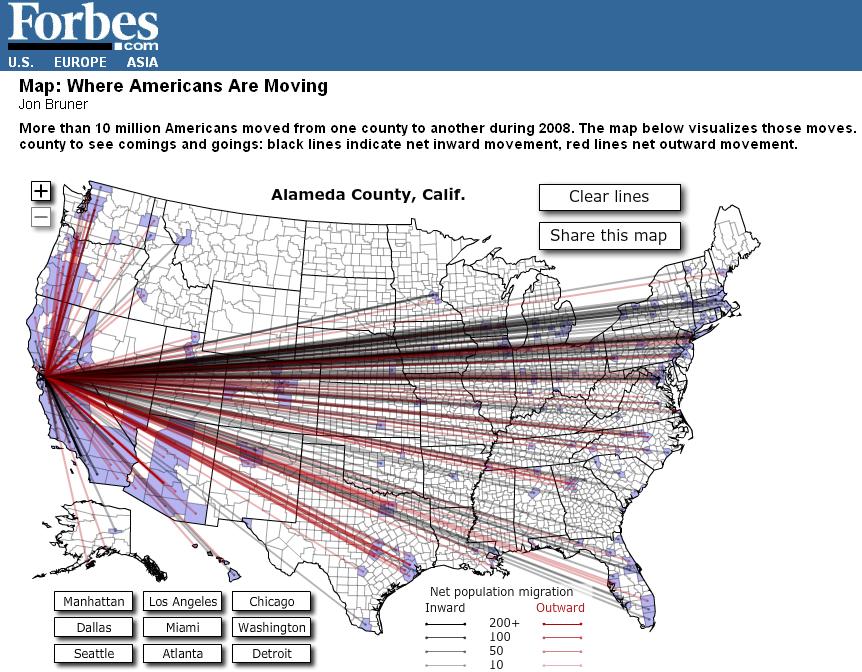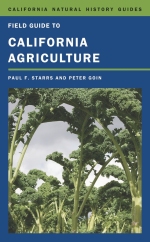William Gibson (yes that one) in the NYTimes Opinion page, writes about Google, and the way it has changed how we interact with information and the world. It is a really interesting article touching on human choice, surveillance, and the catch-up game the law plays with technology. This visionary author of Neuromancer says "Science fiction never imagined Google..." and goes on to describe its omipresence, our ready participation in this process, and our discomfort at the result. He is a fantastic writer. Check it:
Google is not ours. Which feels confusing, because we are its unpaid content-providers, in one way or another. We generate product for Google, our every search a minuscule contribution. Google is made of us, a sort of coral reef of human minds and their products.
Wow. Here is another example of his engaging and illuminating prose:
Jeremy Bentham’s Panopticon* prison design is a perennial metaphor in discussions of digital surveillance and data mining, but it doesn’t really suit an entity like Google. Bentham’s all-seeing eye looks down from a central viewpoint, the gaze of a Victorian warder. In Google, we are at once the surveilled and the individual retinal cells of the surveillant, however many millions of us, constantly if unconsciously participatory. We are part of a post-geographical, post-national super-state, one that handily says no to China. Or yes, depending on profit considerations and strategy.
The title of this post comes from his oft-cited quote in 2003 in The Economist.
*About the Panopticon from wikipedia: The Panopticon is a type of prison building designed by English philosopher and social theorist Jeremy Bentham in 1785. The concept of the design is to allow an observer to observe (-opticon) all (pan-) prisoners without the incarcerated being able to tell whether they are being watched, thereby conveying what one architect has called the "sentiment of an invisible omniscience."
